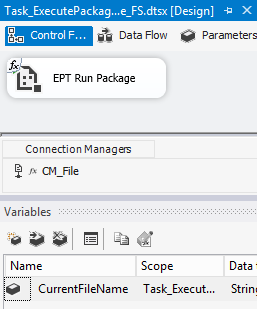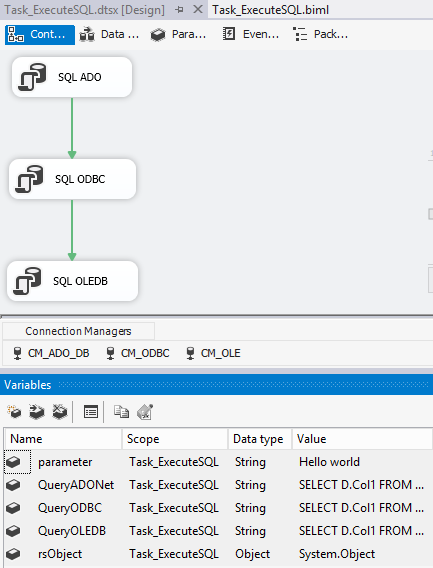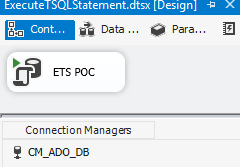I am not a SQL Server MVP, but I'm happy I had the opportunity to go through the process. I am grateful to the awesome but unnamed MVP that tossed my hat into the ring.
It seems that every quarter there's always some heartache and disappointment from those that didn't make the cut. I know I kept hoping I'd just magically show up on Microsoft's radar and *poof*, MVP. Now that I know more about how this works, I thought it might be helpful to share it with others.
What is the process?
It starts rather simply: someone, even you, fills out a nomination form on the
MVP site. For me, this happened in early February. I then received an email inviting me to fill out a form covering the past 15 or 18 months of activity. I guess this is the first culling of nominees. You only have one shot while filling out this form so make sure it's complete before hitting submit. There's no opportunity to revise it once you click submit but it does allow you to save your progress as you fill it out.
Phase 2
At the end of April, the MVP Community Program Manager reached out to me and had me fill out more forms, this time only covering the 12 months prior to my candidacy period so May 1, 2013 to April 30, 2014. The crux of that was "all I am looking for is an organized, concise and efficient breakdown of your activities that is simple to digest."
Phase 3
At some point between the submission, the folks evaluate all the candidates and make their selection. You aren't notified if you don't make the cut. The email states "Currently you are still under consideration for a Microsoft MVP Award. If you are awarded as an MVP, you will receive a separate communication around beginning of July 2014 from the MVP Award Program administrator. If not awarded, no notification will be sent." A little birdie told me that others have gotten their positive acknowledgement already (June 26) and since my email's at inbox zero, I can draw my own conclusions.
Why me
Beyond my general arrogance and hubris, I thought I'd done quite a bit for the community but since I had nothing to measure against, it was hard to tell where I fell on the spectrum. It was a bit frustrating that the accumulative effect doesn't count. I've organized all 5 of Kansas City's SQL Saturdays, but only
one of them counted since that was within the time boundary.
What I thought qualified me from a quantitative perspective was
- blogging
- presenting
- organizing
- stackoverflowing
This past year was my most productive from a blog perspective. The Biml stuff dang near writes itself. I averaged a presentation, either user group or SQL Saturday, a month with one of those being the 2013 Summit. SQL Saturday 191 was our biggest event yet with 300+ attendees. On
StackOverflow I earned my gold badge for SSIS. Gold badge definition:
Earned at least 1000 total score for at least 200 non-community wiki answers in the ssis tag. That's going to be a pretty tall order to top.
Infographic
I collected a lot of numbers to try and tell the story in an interesting way and while I have Tufte books, I don't live and breath it. But my amazing, awesome and super talented coworker, Meagan Longoria (
b|
t)
does. She can quote you Tufte and Few, chapter and verse, and she was kind enough to pull this infographic together.
![]()
Takeaways
Keep track of what you do. The Phase 2 document breaks activity down into
- Speaking Engagements
- User Group Participation (include presentations under Speaking)
- Event Organizer or Chair (other than user group leader/organizer)
- Forum Activity
- Blogging
- Publishing
- Twitter/Social Media
- Other
For Speaking engagements, they will want to know how many people were there. For UG activity, they want to know total group size, frequency of meetings, and average attendance. Event Organizer - how many people attended. Forums, they are interested in quantity of answers plus any answers that you wanted to provide as a highlight. Blogging, they care about your numbers reached per month. Publishing, what and how many things? Twitter/social media, it only asks how many followers you had an links to your account.
That was a pain the backside to pull some of that data together. I had a general idea of how many people were at my UG/SQL Saturday presentations, but was that room big? It seemed full but was full 25 people or 45? While data.stackexchange.com was a cute way to get data out of the site, it still left me wanting as I had to change my user id per site.
Beyond that, since my recipe didn't work, I can't say what else is needed if you want to be an MVP. I am thankful for everyone who helped me along the way. And to those newly awarded or renewed, a hearty congratulations. For those that were not renewed, thank you for your efforts. #mvpbuzz






































































